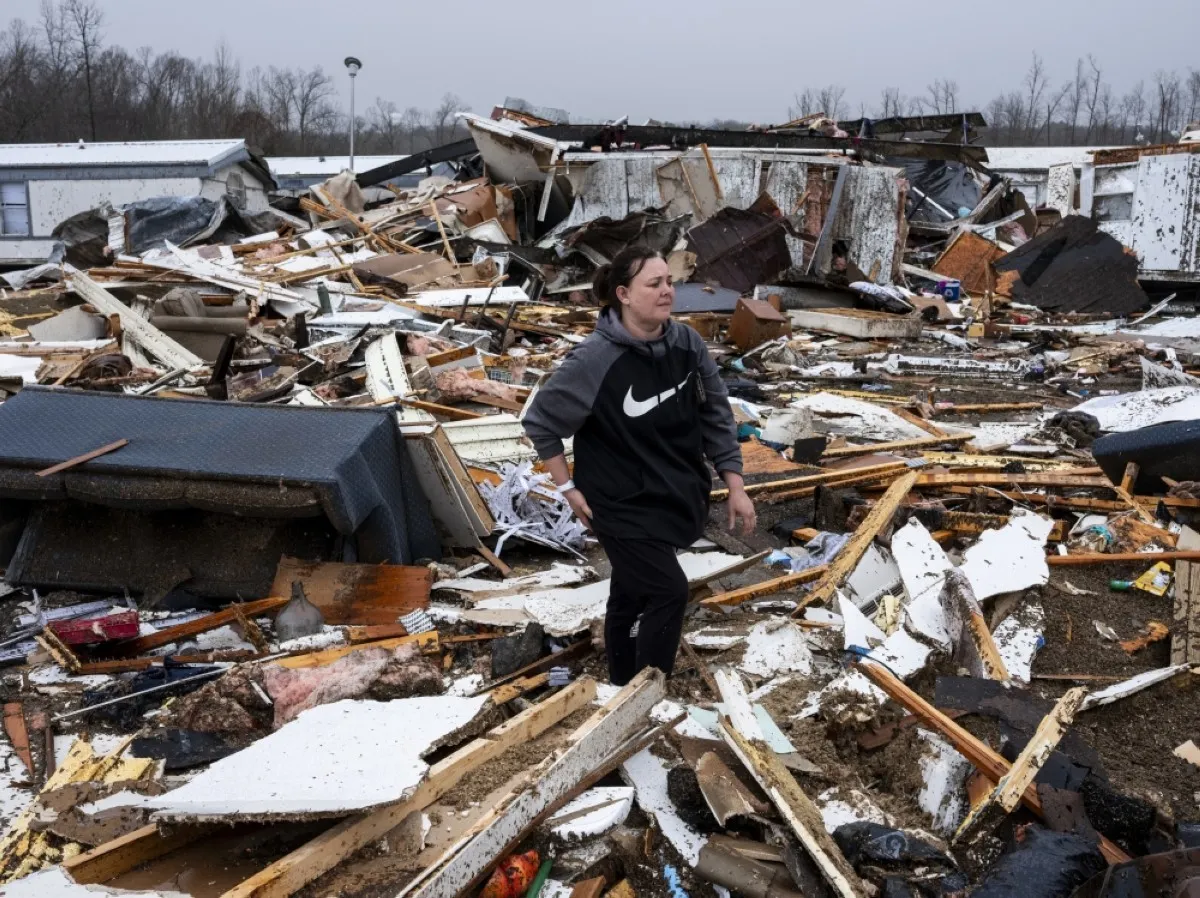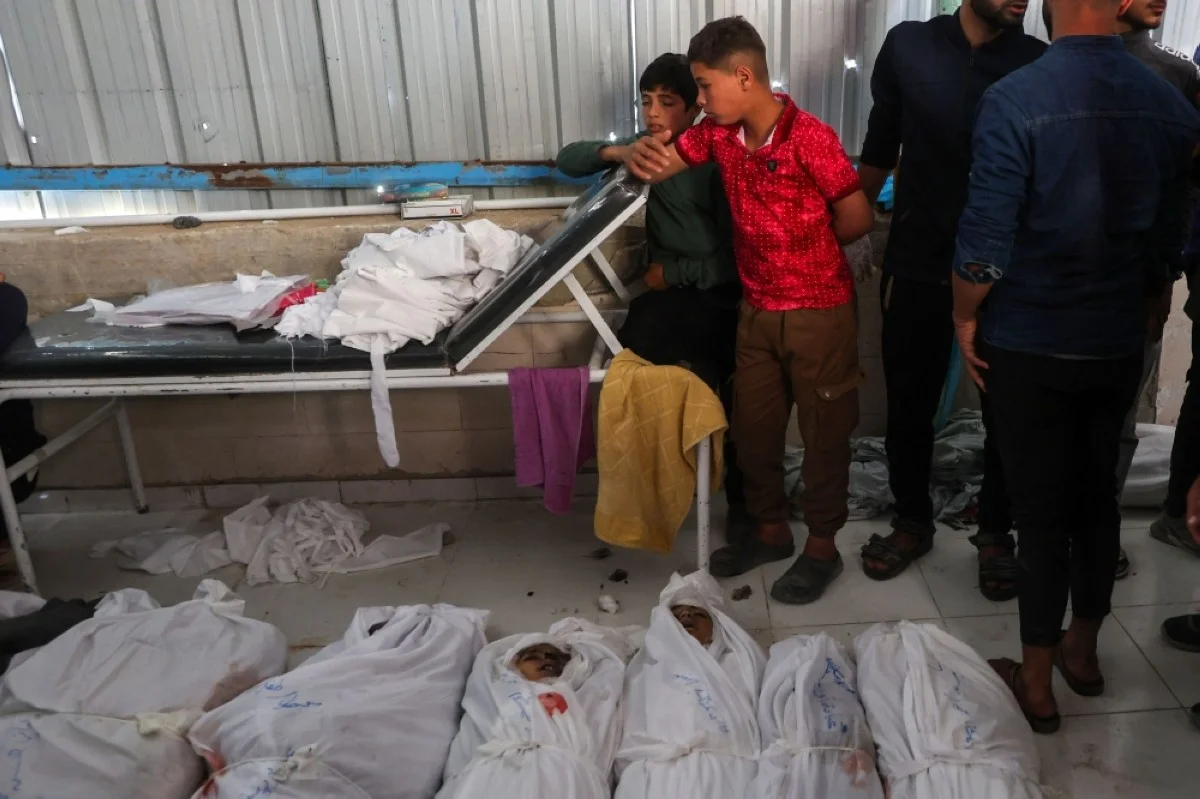Devastating Tornadoes and Storms Kill 33 Across Central US, More Severe Weather Expected

At least 33 people have lost their lives, and dozens more had been injured as powerful tornadoes and excessive storms ripped through the central United States over the weekend. Officials warn that more severe weather is on the horizon as healing efforts begin.
Widespread Destruction Across Multiple States
The lethal storms left a trail of devastation, toppling homes, overturning vehicles, and slicing off energy to hundreds of lots of citizens. Local news reports showed surprising snap shots of houses with roofs torn off and large vehicles flipped upside down on highways.
Missouri become one of the toughest-hit states, with the Missouri State Highway Patrol confirming 12 hurricane-related fatalities. The severe weather caused significant harm, which include destroyed marinas wherein boats had been left piled on top of one another. State police mentioned extensive power outages, downed timber, and damaged homes throughout a couple of regions.
Further south in Mississippi, six deaths were confirmed, with three extra individuals suggested lacking overdue Saturday. In Kansas, eight people lost their lives in a catastrophic coincidence related to more than 50 vehicles. Authorities said the crash changed into because of low visibility due to a severe dust storm, a not unusual occurrence in extreme climate conditions.
Texas additionally suffered heavy casualties, with four humans killed in street injuries linked to dust storms and fires that extensively decreased visibility. In Arkansas, 3 people were confirmed dead, and at least 29 others sustained injuries as the hurricane tore through the place. In response, Arkansas Governor Sarah Huckabee Sanders declared a country of emergency and spoke with President Donald Trump about federal assistance.
Power Outages and Weather Warnings Persist
By early Sunday morning, over 250,000 houses and companies had been with out strength, according to tracking site poweroutage.us. The National Weather Service (NWS) has warned of persevering with extreme climate, with storms anticipated to effect areas from the Lower Great Lakes all the way down to the Southeastern United States.
“The risks related to these thunderstorms encompass frequent lightning, extreme thunderstorm wind gusts, hail, and some tornadoes,” the NWS said in its today’s forecast bulletin. Mississippi and Tennessee, specially, stay on excessive alert for the possibility of extra tornadoes, with meteorologists caution that those could be lengthy-tracked and potentially violent.
The Science Behind the Storms
Tornadoes form whilst effective thunderstorms, called supercells, create rotating columns of air that increase from massive cumulonimbus clouds to the ground. The important and southern United States—mainly Texas, Oklahoma, and Kansas—are called “Tornado Alley,” in which tornadoes often occur due to the specific collision of heat and cool air masses.
While tornadoes can manifest at any time of year, they’re most common among May and June. The current storms have verified the negative strength of these natural phenomena, reminding citizens of the significance of preparedness.
Response and Recovery Efforts Underway
Emergency responders and neighborhood authorities are working across the clock to evaluate the damage and offer resource to affected communities. Disaster alleviation corporations have mobilized to assist those displaced by using the storms, imparting safe haven, meals, and clinical assistance.
Officials urge residents in hurricane-inclined areas to stay vigilant, screen climate updates, and take vital precautions. With more storms expected, government pressure the importance of getting emergency plans in location and ensuring get right of entry to to hurricane shelters.
The United States stories some of the most excessive twister pastime inside the global. In 2024, 54 humans died in twister-related incidents, consistent with the National Oceanic and Atmospheric Administration. Given the increasing intensity of storms, experts emphasize the need for improved infrastructure, early warning structures, and network preparedness.
As groups begin to rebuild, the resilience of those affected can be put to the test. With aid from federal and state governments, as well as comfort groups, citizens wish to get better and rebuild from but some other devastating hurricane season.


